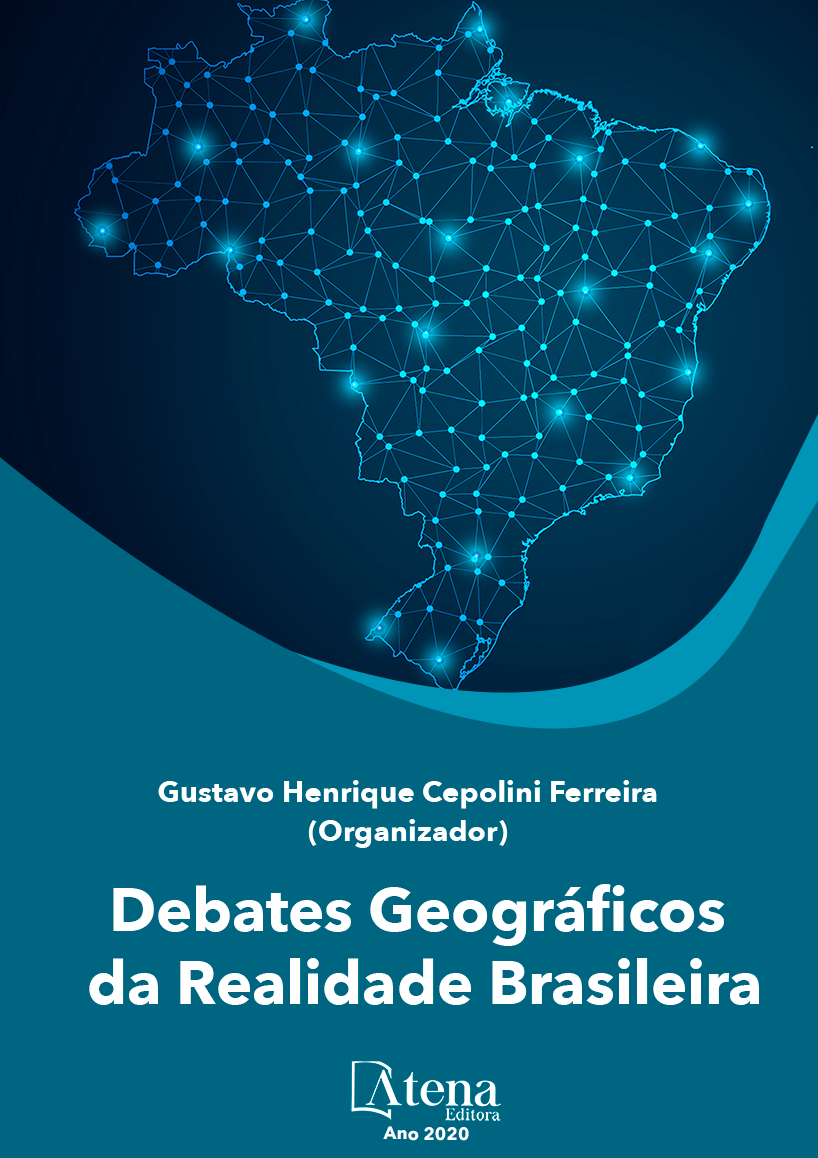
DOS ENGENHOS, SÍTIOS E ARRABALDES AO SUDOESTE DO RECIFE CONTEMPORÂNEO
Apresentamos neste ensaio apontamentos sobre a história da área que o hoje corresponde ao Sudoeste do Recife. Predominantemente composta por bairros que só viriam se consolidar na segunda metade do século XX, a área – que do ponto de vista político-administrativo é nomeada RPA-05 – não consta em literatura clássica sobre a cidade do Recife como sendo parte do núcleo urbano que dá origem à capital pernambucana. Contudo, recorrendo a mapas dos séculos anteriores e fotografias, busca-se desvelar, ainda que parcialmente, processos que levaram a consolidação deste fragmento como parte do Recife contemporâneo. Tais fontes nos permitiram inferir duas características que sobre a área hoje correspondente ao Sudoeste do Recife. A primeira, que predominavam os usos agrários do território, notadamente o cultivo da cana-de-açúcar. E a segunda, que o declínio da cultura canavieira e dos engenhos abre espaço para outros usos que viriam se consolidar a partir do século XX, notando-se a partir de registros fotográficos o aparecimento dos mocambos em áreas que antes correspondiam nos mapas a sítios e arrabaldes, onde existiram os antigos engenhos.
DOS ENGENHOS, SÍTIOS E ARRABALDES AO SUDOESTE DO RECIFE CONTEMPORÂNEO
-
DOI: 10.22533/at.ed.17920040511
-
Palavras-chave: Recife; RPA-05; Engenhos; Mocambos.
-
Keywords: Recife; RPA-5; manufacture farm; slave refuge
-
Abstract:
In this paper we present notes on the history of the area that today corresponds to the Southwest of Recife. Predominantly composed of neighborhoods that would only consolidate in the second half of the 20th century, the area - which from the political-administrative point of view is named RPA-05 - does not appear in classical literature about the city of Recife as part of the urban nucleus that gives rise to the capital of Pernambuco. However, using maps from previous centuries and photographs, the aim is to reveal, albeit partially, the processes that led to the consolidation of this fragment as part of contemporary Recife. Such sources have allowed us to infer two characteristics about the area that today corresponds to the Southwest of Recife. The first was the predominant agrarian uses of the territory, notably the cultivation of sugarcane. And the second, that the decline of sugarcane and sugarcane mills opens space for other uses that would be consolidated from the 20th century on, noting from photographic records the appearance of mocambos in areas that previously corresponded on maps to sites and suburbs, where the old mills existed.
-
Número de páginas: 16
- Gabriel Augusto Coêlho de Santana
- Rodrigo Dutra Gomes


